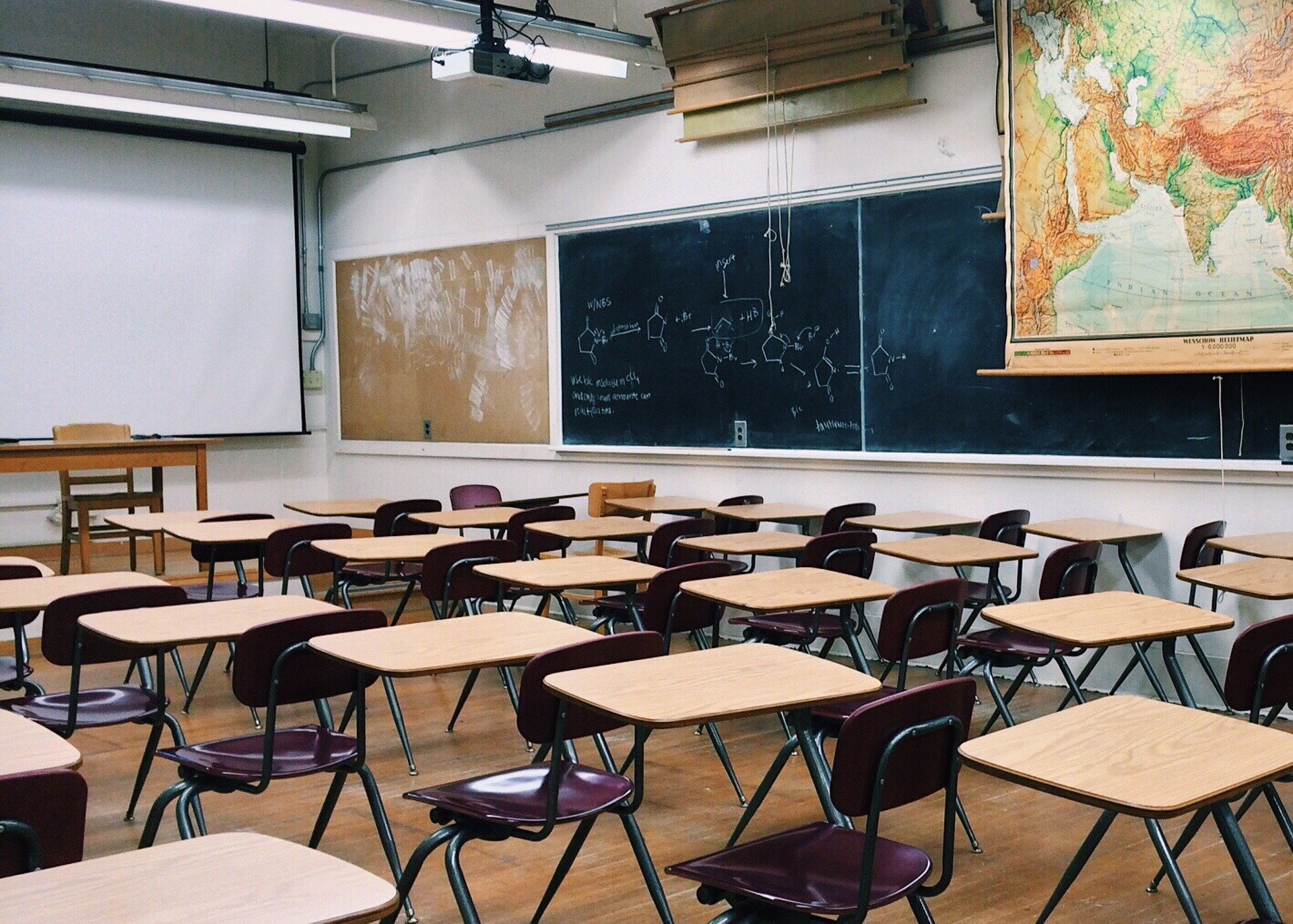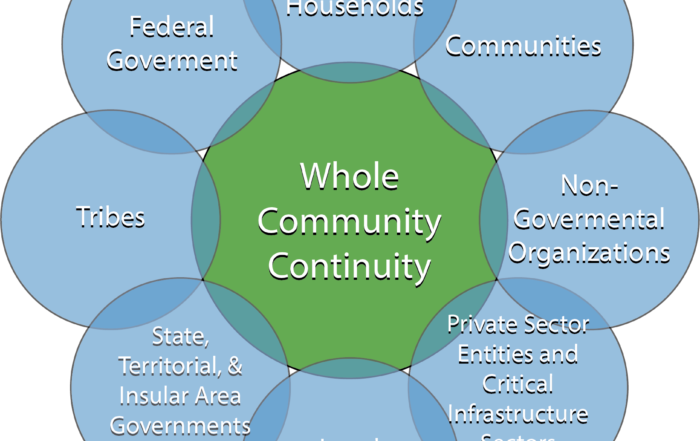 Education Journey – Brick and Mortar or Online or…?
Education Journey – Brick and Mortar or Online or…?
By Nancy Aird
Human Rights Watch, hrw.org, report “Years Don’t Wait for Them – Increased Inequalities in Children’s Right to Education Due to the Covid-19 Pandemic”. Bede Shepard, Hye Jung Han, and Elin Martinez, May 17, 2021.
By April, 190 countries worldwide shut out 1.4 billion students from pre-primary through secondary schools. This is roughly 90% of the world’s school-aged children’s education disrupted. As a California middle school teacher summed up in the report, “A lot of these problems that we are facing with distance learning are problems that we deal with every day in the classroom: lack of internet at home, lack of resources, lack of parent support at home, uncertainty around food, uncertainty around housing. These aren’t new problems. They just became very, very apparent when all of a sudden, teachers have a front-row seat to see it in these children’s homes through Zoom or the fact that they were not at school.”
The report continued, “Barriers to distant learning tended to be exceptionally high for students from groups already facing discrimination and exclusion from education even before the pandemic. This would include children living in or near poverty, children with disabilities, and ethnic and racial minorities in the countries where they live. The report also found that girls, especially in countries with gender inequalities in enrollment and achievement, also face adversity, along with lesbian, gay, bisexual, and transgender (LGBT) children. This report further addresses “digital divides,” diminished quality of education even with students who could access alternative education. A regression in progress and loss of ancillary social protections, pressures on parents and teachers from school
closures, and international human rights standards guarantee that all children have a right to education.
Current colleges and universities are facing the same issues. Will classes be taught in brick and mortar, online, or hybrid format in the future? As the above study noted, online learning has pro and con issues depending on the social/economic status of the student accessing it. In 2014, I went back to college to get an Associate in HSEM. The class format was all online, with fewer classes requiring additional books. I had no problem adapting to the structure. Still, I already have a Bachelor’s degree and have a strong ability to study and absorb learning from reading (I usually read a novel a day online). I struggled with setting up my computer to access information from Canvas. Also, I need in-person classes with math and statistics as my remembered knowledge was 43 years out of mind.
As the world enters the 3rd year of COVID disrupted learning, the education gap increases. Educator John Dewey wrote, “All genuine learning comes through experience… education is not the preparation for life: education is life itself.”
Dorn, Emma, Hancock, Bryan, Sarakatsannis, Jimmy and Viruleg, Ellen, July 27, 2021, COVID-19, and education: The lingering effects of unfinished learning, McKinsey & Company.
Statistics from one year of COVID-19 education disruptions was already causing ripple effects by delayed learning. The study noted by the end of 2020-21, 98% of students had possible access to some form of in-person education. “Unfinished learning” terminology noted a reality that students could not complete all the learning they would have traditionally completed in a typical school year. This disruption cascade continues each year of COVID. This study estimates unfinished education could reduce lifetime earnings for K-12 students by an average of $49,000 to $61,000. This continues to a GDP loss of $128 to $188 billion by 2040 from lower earnings, lower education achievement on K-12 and advancing to higher education, and loss of innovation.
Motivation to go back to a brick and mortar education environment could also be driven by competition of learning styles. Availability of remote work due to quality of life issues, moving from urban to rural locations, childcare, work-life balance, and salary is creating the 2021 Great Resignation. As workers reevaluate life with COVID, potential students will apply these same criteria to further educational goals. Can they afford the local education opportunities, or is online a better and perhaps cheaper choice? A community college locally or a nationally known college with a perceived better-recognized name choice.
In my opinion, colleges should also consider certificates as an educational draw for unfinished learning students. Increasing the earning potential of workers will draw them into the education field from the first-time user to the continuing learner. Combining a certificate with online or hybrid learning will allow workers to access the classes for the convenience of quality of life, childcare, and worklife balance. More spending salary will also promote a positive education outlook for future studies. All three models will have a place in continuing education. Learning is not a static issue as everyone’s learning style varies, from visual, auditory, kinesthetic, and reading/written. In addition, every person remembers information by creating a personal style; therefore, students will need all types of educational practices to succeed.




